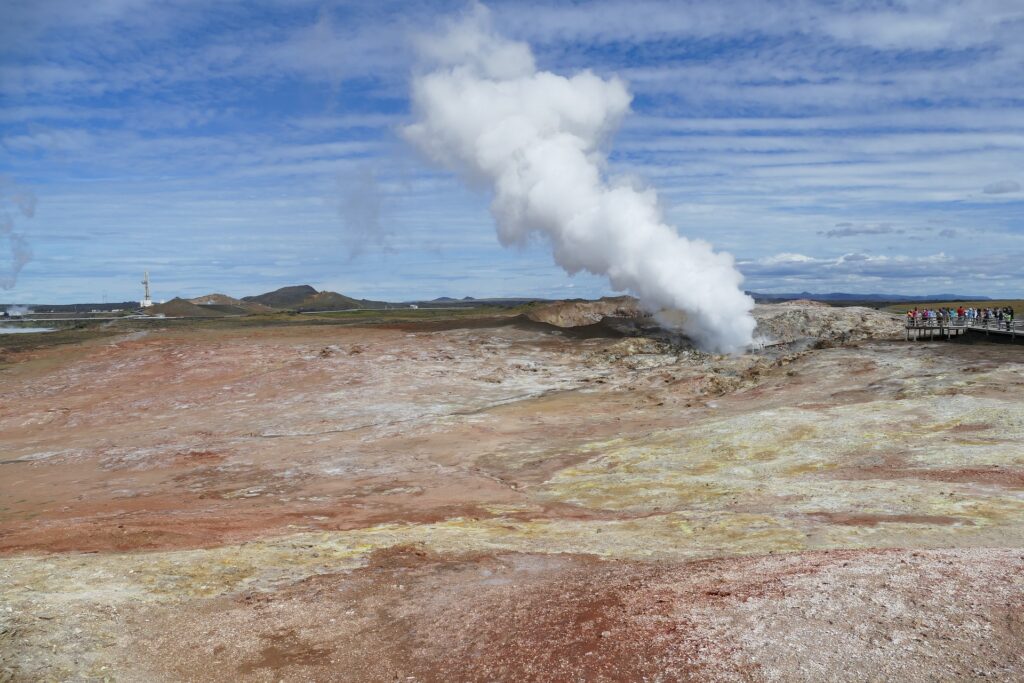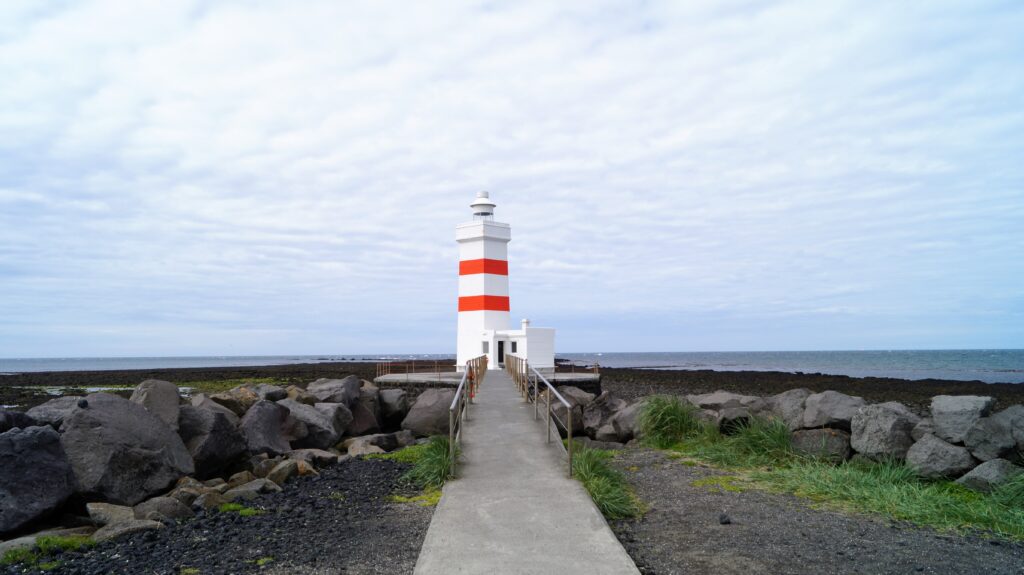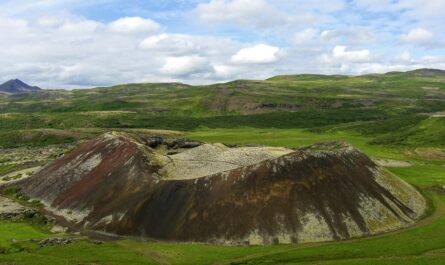The Reykjanes Peninsula is a fantastic location that conceals a lot of things. When you first land at Keflavik Airport, all you see is flat, undeveloped land that doesn’t look all that interesting or exciting. But because of recent earthquakes and volcanic eruptions, the Reykjanes Peninsula has become one of the most exciting and interesting places in all of Iceland.
The Reykjanes Peninsula can be found in the south-west corner of Iceland, and it is famous for the ruggedness of its volcanic topography, the geothermal activity that can be found there, and the breathtaking coastal scenery. Here is some fascinating information on the Reykjanes Peninsula.
The Reykjanes Peninsula may be found between two tectonic plates, specifically the North American Plate and the Eurasian Plate, both of which are steadily moving apart from one another.
One of the volcanic systems on the peninsula is the Reykjanes Volcanic System, which has been going strong for millions of years. Some of the things that make up the landscape are craters, rocky lava fields, and steaming hot springs.
The Fagradalsfjall volcano on the Reykjanes Peninsula erupted on March 19, 2021, after being quiet for almost 800 years. It had been approximately 800 years since a volcano on the Reykjanes Peninsula had last erupted, and this particular eruption took place in the valley of Geldingadalur.
The eruption did not cause enough damage to put any of the nearby villages in danger. On the other hand, it attracted a lot of attention from locals as well as tourists, and a lot of people went to the region to see the unusual occurrence. As a result of the eruption, lava flowed into the valley, changing the way the land looked. In addition to this, it offered researchers a once-in-a-lifetime opportunity to investigate the geological processes that take place during a volcanic eruption.
The eruption went on for a few months, and during that time, more lava flows made new paths and shapes in the landscape around them. The eruption also sent out a lot of gas and steam, which could be seen for miles.
The Fagradalsfjall eruption was a big deal for Iceland and the scientific world as a whole because it helped scientists learn more about the unique geology of the island. It also gave people a one-of-a-kind chance to see how powerful nature is.
The Reykjanes Peninsula is also well-known for the geothermal activity that can be found there; in fact, the area is home to multiple geothermal power plants. The most well-known geothermal location is the Blue Lagoon, which is also a well-known tourist destination.

On the Reykjanes Peninsula, you can find the Reykjanesviti Lighthouse, which is thought to be one of the oldest lighthouses in all of Iceland. It was constructed in 1878, and its current height is 31 meters. You will also find other great-looking lighthouses, such as Garðskagaviti Lighthouse.

The Reykjanes Peninsula is home to a wide variety of marine mammals, seabirds, and seals, as well as whales. This area is known for its beauty because of the puffin colonies that you can see along the beach.
The Reykjanes Peninsula is home to Iceland’s primary international airport, Keflavik International Airport, which is also known simply as Keflavik. It is the main entry point to the country and sees millions of tourists every year.
The Bridge Between Continents is a short footbridge that crosses a fissure between the North American and Eurasian tectonic plates. It is located on the Reykjanes Peninsula, which is part of Iceland. Not only is this place a popular vacation spot, but it also gives you the unique chance to be on two continents at the same time.
Iceland’s Reykjanes Peninsula is a fascinating region that provides a one-of-a-kind look at the geological processes that shape our planet.


